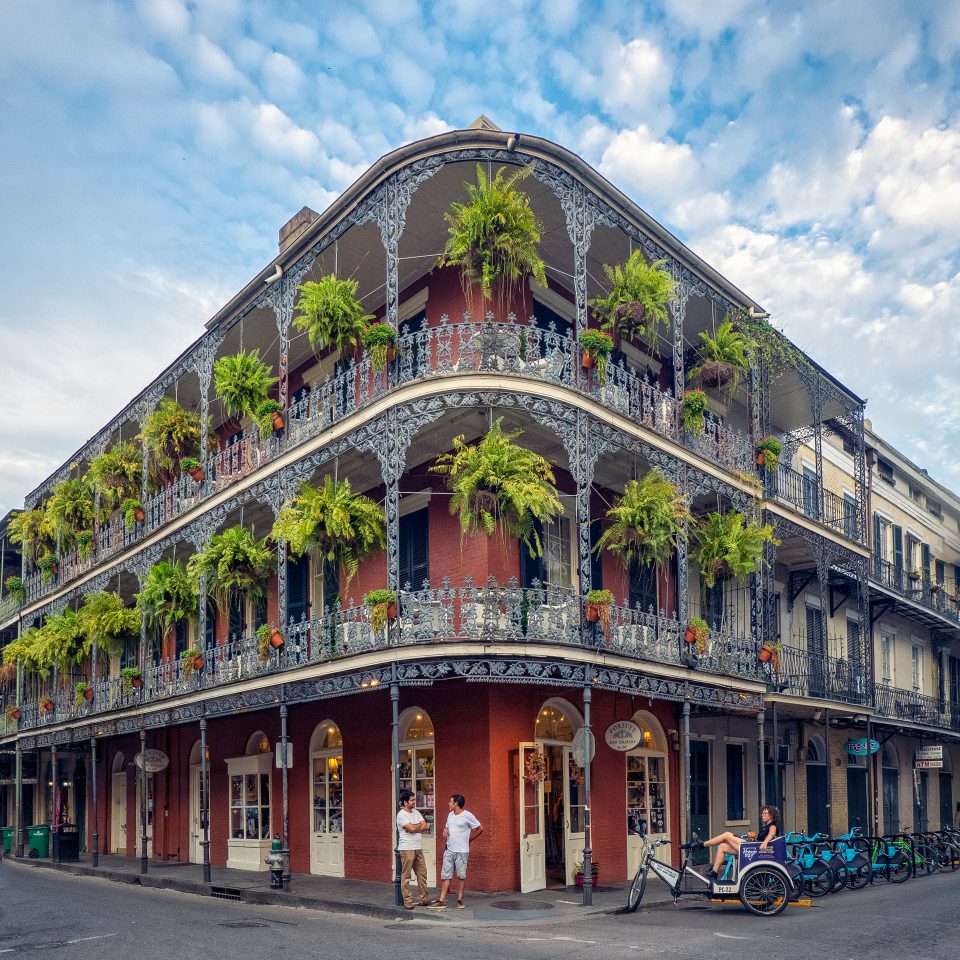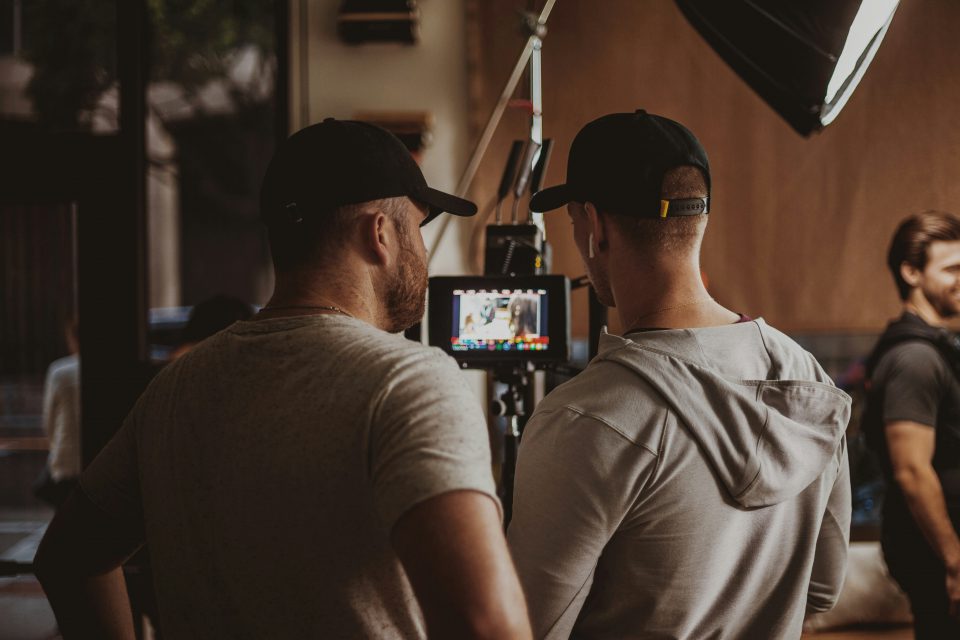Introduction
Location scouting plays a vital role in documentary filmmaking, as it involves finding and selecting the right locations that best suit the subject matter and narrative of the film. The importance of location scouting lies in capturing authentic environments that enhance the storytelling and visual impact of the documentary. By carefully considering and choosing suitable locations, filmmakers can create a more immersive and engaging experience for the audience.
The Role of Location Scouting in Documentary Filmmaking
Location scouting is instrumental in setting the tone and atmosphere of a documentary. Well-scouted locations have a significant impact on the authenticity and credibility of the film, as they provide a realistic backdrop for the story being told. These locations contribute to the overall quality of the documentary and help create a more compelling narrative.
Moreover, suitable locations are crucial for audience engagement and immersion. When the chosen locations align with the subject matter and narrative of the documentary, viewers are more likely to connect with the story on a deeper level. The right locations can evoke emotions, create a sense of place, and enhance the overall viewing experience.
Finding Authentic and Suitable Locations
The process of finding authentic and suitable locations for documentaries involves thorough research and exploration. Location scouts, who are responsible for this task, search for locations outside of the studio based on the script and aesthetic requirements. They aim to find interesting and visually appealing locations that not only match the subject matter but also add depth and authenticity to the documentary.
During location scouting, various factors are considered, including aesthetics, cost, logistics, and the necessary permissions from owners and local authorities. It is crucial to match the locations with the subject matter and narrative of the documentary, ensuring that they align with the desired visual and emotional impact. By carefully evaluating these factors, filmmakers can find the most suitable locations that enhance the storytelling and contribute to the overall success of the documentary.
Factors to Consider During Location Scouting
Location scouts take into account several factors when evaluating potential filming locations for documentaries. These factors include the physical appearance of the location, lighting conditions, access restrictions, and availability. Each of these factors plays a significant role in determining visually appealing and suitable locations for documentaries.
The physical appearance of a location is essential as it sets the overall visual tone of the documentary. Whether it’s the rugged landscapes of a remote wilderness or the bustling streets of a vibrant city, the aesthetics of the location help convey the desired atmosphere and mood. Lighting conditions are also crucial, as they can affect the visual quality and ambiance of the footage captured. Access restrictions and availability are considered to ensure that the chosen locations are practical and feasible for the production team.
Successful documentaries often demonstrate a thorough consideration of these factors during location scouting. For example, the documentary “Free Solo” extensively scouted locations to find the perfect cliffs and walls for capturing the exhilarating and dangerous sport of free solo rock climbing. The careful selection of locations contributed to the film’s visual impact and authenticity.
Collaborating with Local Communities
Collaborating with local communities during location scouting is highly beneficial for documentary filmmakers. Involving local residents and authorities adds authenticity and cultural depth to the documentary. Through their insights and contributions, filmmakers can gain a deeper understanding of the location’s significance and capture it accurately on screen.
Building relationships and obtaining support from local communities is crucial during location scouting. Local residents can provide valuable knowledge about the area, recommend hidden gems, and help navigate any challenges that may arise during filming. Additionally, collaborating with local communities fosters a sense of trust and respect, ensuring a positive and mutually beneficial relationship between the filmmakers and the locations they choose.
Examples of Successful Documentaries with Well-Scouted Locations
Numerous renowned documentaries showcase the importance of well-scouted locations in creating impactful storytelling and visual experiences. For example, the documentary “March of the Penguins” extensively scouted locations in Antarctica to capture the harsh and mesmerizing environment where penguins thrive. The carefully chosen locations played a pivotal role in conveying the challenges and beauty of the penguins’ journey.
Another example is the documentary “Man on Wire,” which revolves around the daring tightrope walk between the Twin Towers of the World Trade Center in 1974. The filmmakers conducted extensive location scouting to find the perfect spots that would recreate the atmosphere and grandeur of the original event. The well-scouted locations contributed to the film’s authenticity and emotional impact.
Conclusion
Location scouting is an integral part of documentary filmmaking, as it helps capture authentic environments that enhance the storytelling and visual impact of the film. By carefully considering factors such as aesthetics, cost, logistics, and permissions, filmmakers can find the most suitable locations that align with the subject matter and narrative of the documentary. Collaborating with local communities adds cultural depth and authenticity to the locations chosen. Successful documentaries demonstrate the critical role of well-scouted locations in creating compelling narratives. As filmmakers prioritize location scouting in their projects, they can elevate the authenticity and quality of their documentaries, creating powerful and immersive experiences for the audience.
How can AVVAY help?
If you’re looking for a location, try our nationwide location scouting service or book filming and photo shoot locations yourself on our self-serve marketplace. If you’re interested in listing your property for filming and photo shoots, you can learn more about hosting here.


